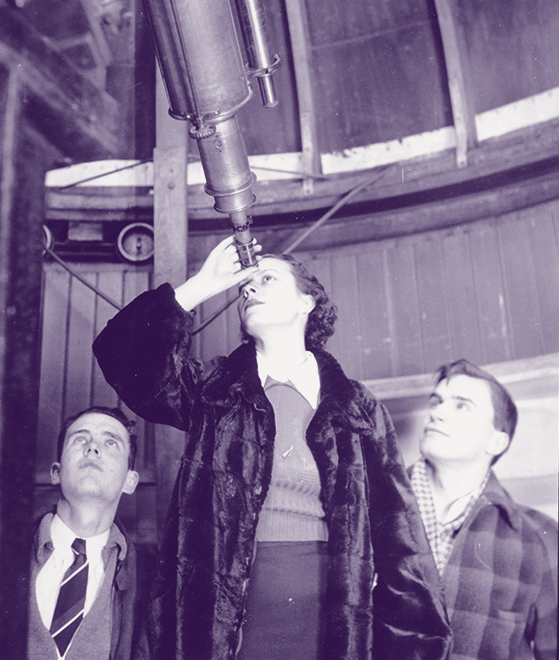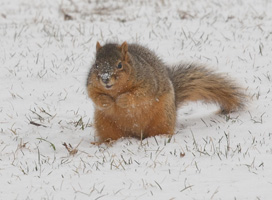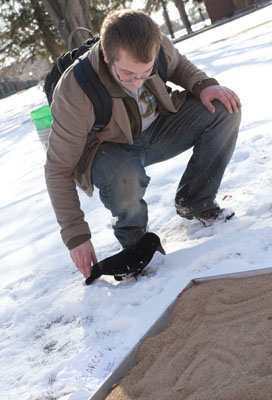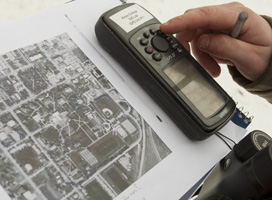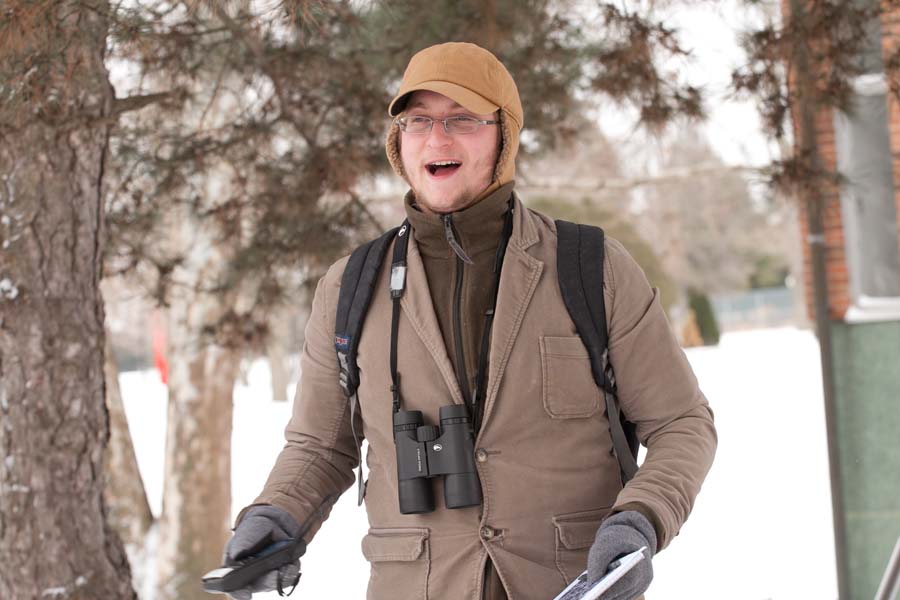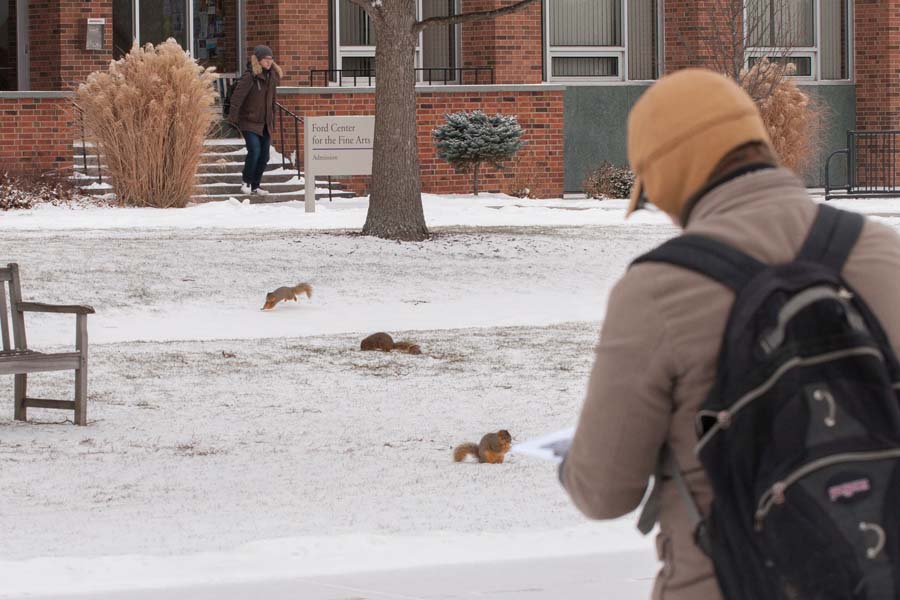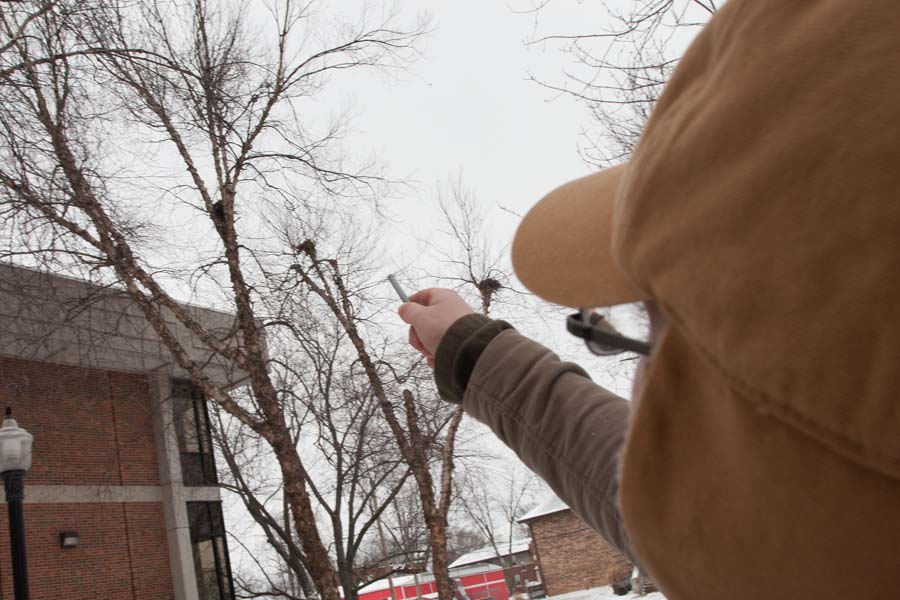
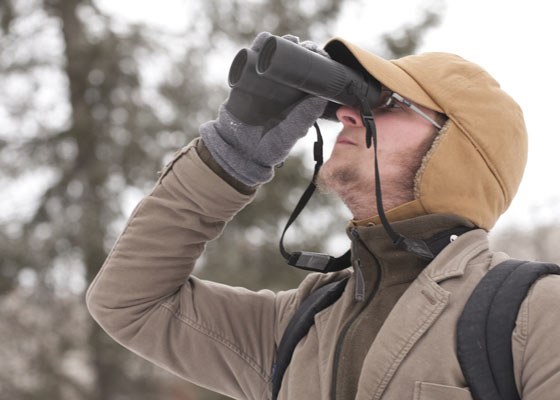
How Campus Squirrels Survive Winter
Knox student uses GPS, GIS to create computer-generated map of their nests
While Galdek is finding his research very interesting, he also believes it can benefit the "city as a whole."
"Mapping the trees and the nests will create a database on where to build," he said, which he believes could be a resource for deciding where to put future buildings in order to avoid damage from squirrels.
In addition to focusing on where the Knox squirrels live and store their food, Galdek also studies how they interact with the large flocks of crows on campus that also roost in the trees during winter.
Crows avoid roosting in trees with a large number of squirrels, Galdek has found. He also designed an experiment involving the two competitors to examine how far and how long squirrels will work to get food -- including digging for cached nuts -- before giving up on a particular item.
"I'll set out two trays, each with sand and sunflower seeds. One of the trays will have a crow decoy," Galdek said. "I anticipate the squirrels will forage for longer on the regular tray, (while) they might take a few pieces and leave quickly from the one with the decoy."
Galdek is aware of the squirrels' "pretty iconic" status on campus, and, like many Knox students, he is fond of them.
"They're wonderful, important organisms," he said. "This research is really making me feel like a biologist."
Published on February 07, 2012

